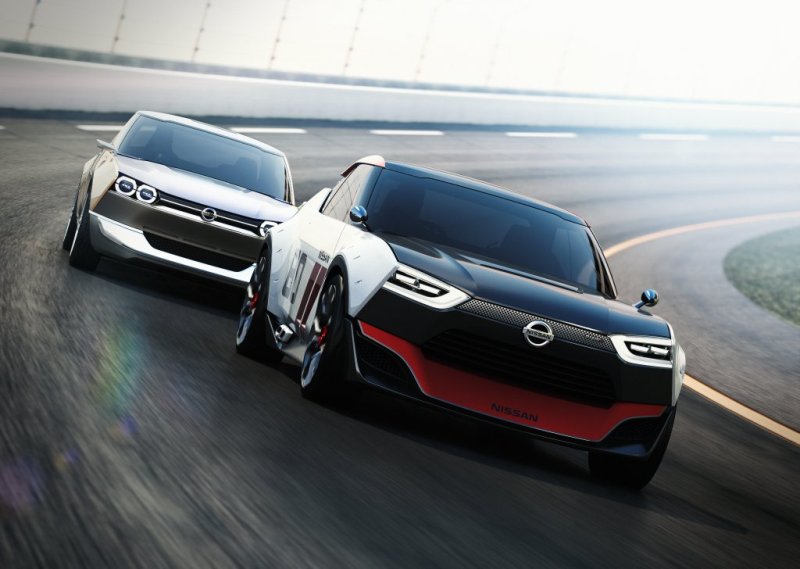Nissan Motor and Renault will take their alliance a step further by pooling their manufacturing facilities and bringing production and development departments under joint operations management.
The partners aim to cut more than 400 billion yen (USD3.78 billion) from annual costs by adapting quickly to shifts in global demand and exchange rates. To realize this goal, they will appoint a manager to oversee both of their production departments as early as April, and a similar organizational structure will be put in place for development.
Nissan currently owns some 25 factories worldwide and Renault has 20. Combined with their affiliate, Russian car giant AvtoVAZ, they sold a total of 8.1 million vehicles worldwide in 2012.
By using common parts, Nissan and Renault will be able to manufacture cars with different designs on the same assembly lines. The mixed-model line will make car production from both firms more flexible than the current arrangement, which involves only partial sharing at some plants.
They plan to adopt this manufacturing method as early as 2015 at a joint venture factory in India rolling out 400,000 vehicles a year, then bring the mixed-model approach to more than 10 countries by 2020. AvtoVAZ will likely be included as well.
Under this system, factories with low operating rates will be able to produce models from other brands. Until now, a plant set up in a new market would not turn a profit unless it assembled at least 100,000 cars a year. Joint production would make expansion easier. Renault and Nissan complement each other geographically — Renault owns plants in Europe and the Middle East, while Nissan has a strong presence in North America and China.
The partners will reorganize their research and development departments to address overlap in these areas. They aim to boost their R&D capabilities by sharing know-how and combining their work on cutting-edge technologies such as fuel cell vehicles, electric vehicles and self-driving cars.
Nissan and Renault entered into a capital and business tie-up in 1999. By working together in areas such as purchasing, they built synergies that created 2.69 billion euros (USD3.64 billion) in value in 2012. They aim to cut costs even more by integrating production and development on a global scale.
The Nissan-Renault alliance has sought to expand through such moves as jointly purchasing AvtoVAZ and forming a capital tie-up with Daimler. But it faces a number of issues, including the European economic crisis, which has eaten into Renault’s earnings, as well as strain from Nissan’s rapid global expansion.
As Toyota Motor and Volkswagen increase their sales volume and earnings, Renault and Nissan hope that a further operational integration will create economies of scale, helping them mount a comeback.




Kewl you should come up with that. Exctelenl!